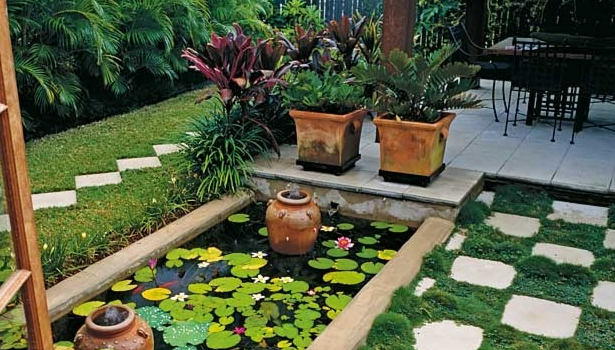9 Tips for Developing a Home Garden
We’ve put together a fair few gardens over the year, so we figured we’d share some of our tips to insure your success. If you keep these in mind you’ll insure a healthy, happy garden.
[nextpage title=”Next” ]
Gardening is an extremely rewarding pursuit
Seeing mature plants develop from tiny seeds or seedlings, and knowing that you had a hand in their success, brings a solid sense of satisfaction. While growing a garden is not difficult, there are a few points of advice that can help to ensure a strong, healthy garden with optimal production.
[/nextpage]
[nextpage title=”Next” ]
Plan well
Consider whether your garden will be inside, out on the patio in containers, or planted directly in the ground, and how you will be affected by space restrictions or variable weather. Choose plants that are suitable to the conditions you can offer, and enjoy the opportunity to try new plants in addition to well known favorites.
[/nextpage]
[nextpage title=”Next” ]
Use your space wisely
Your plants will need frequent tending, so leave enough space to move comfortably around in your garden. Plants in containers can be placed on shelves or short tables to make them easier to reach. If planting directly in the ground, leave enough space between the rows to allow yourself access to the plants. Consider how tall or bushy the plants will grow, and whether or not you will be able to reach around them if necessary.
[/nextpage]
[nextpage title=”Next” ]
Provide a good home
If growing indoors, use containers large enough to accommodate the roots of plants without crowding, and fill them with a quality medium. Know how much fertilization your plants need, and develop a consistent feeding schedule. Outdoor gardens can benefit from fertilizing the soil before planting.
[/nextpage]
[nextpage title=”Next” ]
Give plants room to grow
Be aware of how large your plants will grow, and leave them adequate size to spread out. Plants that are too close to each other make it easier for disease and insects to spread, and the larger plants can shade the smaller ones from the sun.
[/nextpage]
[nextpage title=”Next” ]
Use mulch to encourage growth
Mulch is used to cover the surface of the garden just above the roots of the plant. This helps to protect the roots as well as discourage the growth of weeds, reduce evaporation, and help maintain a healthy, active soil. Newspapers, plastic sheeting, or hay can all be used as mulch, although bark mulch is the most popular choice.
[/nextpage]
[nextpage title=”Next” ]
Water wisely
Plants can benefit from a consistent moisture level, and automatic watering systems can help to ensure that water is provided at a steady rate. Drip irrigation systems reduce weeding time, because they deliver the water directly to the roots of the plant. Indoor gardens can be watered through a wicking system, in which pots are set directly into a basin with a shallow amount of water, allowing the medium to draw the moisture up to the plant. If an automatic system is not for you, be diligent in your watering, and do not allow plants to dry out or become too wet.
[/nextpage]
[nextpage title=”Next” ]
Let the light shine in
Most plants need at least six hours of sunlight a day, and more if they are in the fruiting or flowering stage. If planting outdoors, pay attention to how the shadows change throughout the day, and determine what area has the best light for your needs. Too much light can also damage plants, and different varieties of plants do better with different degrees of light. Consult the seed package to determine what lighting situation is best for your plants.
[/nextpage]
[nextpage title=”Next” ]
Get your hands dirty
Participating in your garden will not only help to ensure a successful harvest, its also a relaxing and satisfying activity. Visit your plants daily, and know how to recognise the signs of disease or pest infestation. A healthy garden requires attention: pruning, soil maintenance, weeding, and watering are all a part of a gardener’s week.
[/nextpage]
